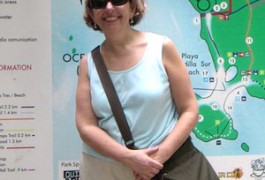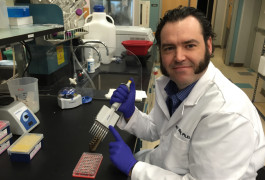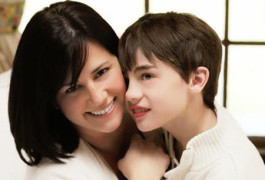Spectrum: Autism Research News
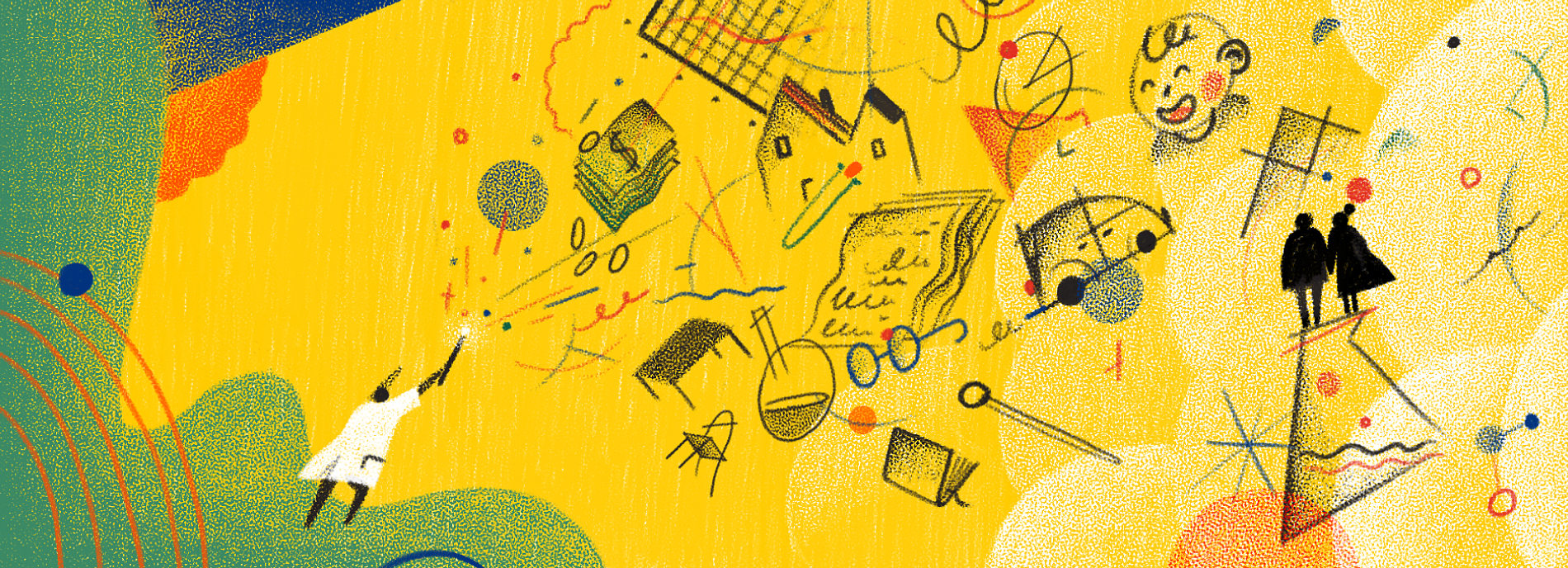
When lab meets life
Advances in autism research usually take center stage on Spectrum, but we don’t often talk about what it takes to get there: years training for a faculty job, long hours at the bench, deferred marriage or children, missed vacations, long-distance relationships and, perhaps, complex childcare arrangements.
In this special report, we decided to focus on these behind-the-scenes circumstances of autism researchers’ lives.
Several contributors offered recipes for balancing work and life. Brian O’Roak starts with what matters most and then fills in the rest. Helen Tager-Flusberg describes how the balance continually shifts over a lifetime. Camilla Bellone underscores the importance of support. And Jessica Cardin advises that erasing boundaries between the two might in fact be the best approach.
A play-by-play of one day in Vanessa Bal’s life offers insight into how one young scientist nurtures a toddler along with a career. Bal landed a prestigious post as assistant professor at the University of California, San Francisco. Not everyone is so lucky. During the postdoctoral years, life may be particularly difficult to wrangle. Long hours and low pay, coupled with uncertain job prospects, take an emotional toll on young scientists and their families.
No matter how busy life gets, says Bhismadev Chakrabarti, science communication is a worthy addition to the to-do list. He recommends that institutions provide incentives for frazzled scientists who explain their research to the general public.
When scientists find love, they may need two jobs rather than one, in order to accommodate a partner. Some scientists have spun this ‘two-body problem’ into opportunity. A move for a spouse’s job — or the arrival of children — may cause a scientist to take a break from his or her career. A few available grants can help ease reentry into science.
Although work-life balance is a challenge for both women and men, women often face higher expectations on both fronts. In a Q&A, Yael Niv says scientists need to make a concerted effort, particularly when planning conferences, to counteract the implicit bias that undermines the careers of female scientists.
You can hear some of these voices in the accompanying podcast (below). Articles from our archives round out this special report, which we hope provides a broad perspective on the lives of scientists.
Featured Articles
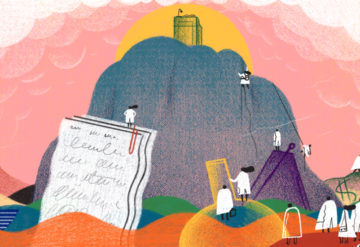
In scramble for science faculty jobs, timing is key
Parlaying a postdoc into one of a dwindling number of faculty positions takes hard work and sheer luck.
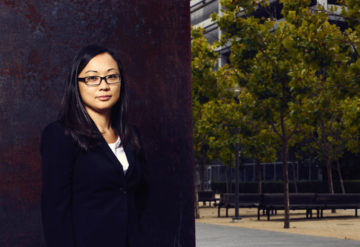
Rising star: Vanessa Bal traverses fine work-life balance
Parent, partner and professional — the need to fulfill all of these roles at once complicates Vanessa Bal’s life.
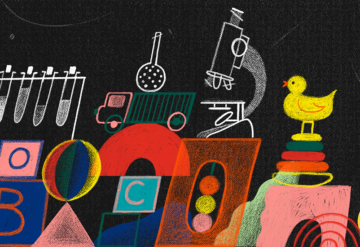
Specialized grants allow ex-scientists to restart careers
After an extended leave from a job, some scientists may struggle to reclaim their careers. A reentry grant can put them back in the game.
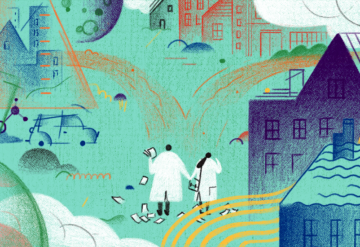
Academic couples see upsides to ‘two-body problem’
Researchers in a relationship may have trouble finding jobs in the same place, but some pairs see this as an opportunity.

Questions for Yael Niv: How to fight sexism in science
Male scientists typically dominate speaker lineups at conferences. The skewed gender ratio stunts women’s careers — and progress in science.
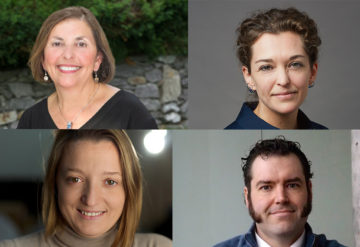
Scientists blend work and life into palatable cocktails
We asked researchers how they managed to mix family and fun with science into their days — and received some clever recipes.
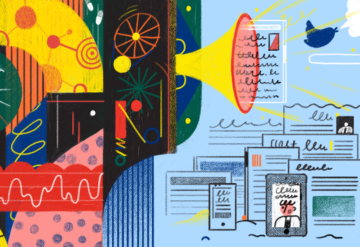
Beyond citations: Why scientists need to engage with public
Scientists should regularly relate their work to a broad audience, and universities should support these efforts.


